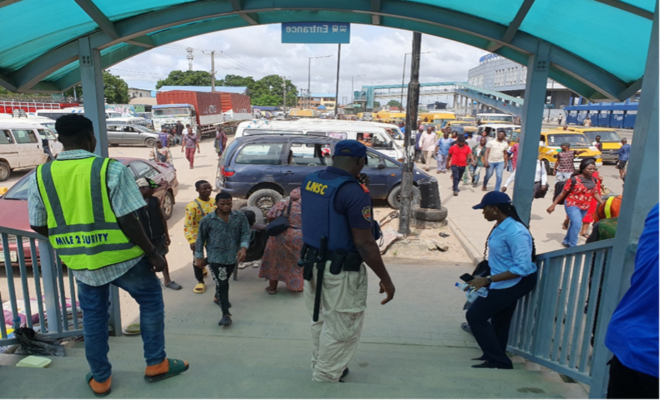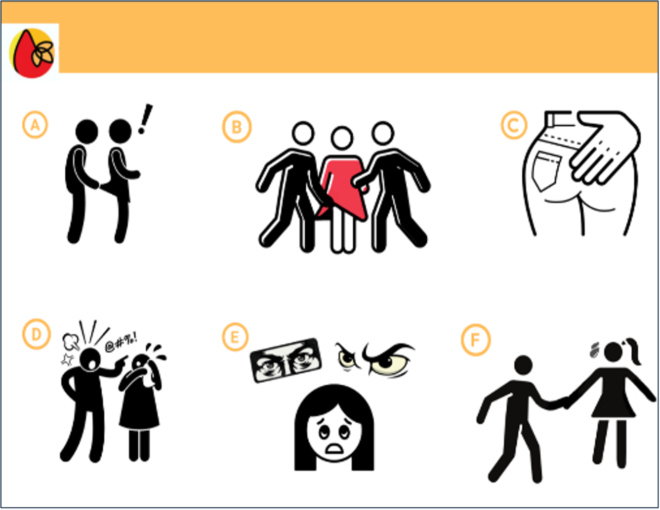Paul Curtis, Project Director, Empower II Project
The EMPOWER II project reached several exciting milestones during the first half of 2024, as we roll out the training and deployment of the SHE CAN Tool across sub-Saharan Africa.
SHE CAN Tool
The SHE CAN Tool offers stakeholders the necessary resources to identify and tackle sexual harassment in public transport through data collection methods, interventions and case studies. Categories include:
- new laws
- policing and surveillance methods
- infrastructure design
- campaigns and education
- vehicle design
- improvements to management practices.
National Contact Points
In order to increase the uptake of our project research, we have enlisted the support of partner organisations from ten sub-Saharan countries: Ethiopia, Ghana, Kenya, Malawi, Mozambique, Nigeria, Sierra Leone, South Africa, Uganda and Zambia.
These cross-sector organisations represent transport authorities, ministries, NGOs, city authorities, road safety experts and academia, all of which have interest in – and influence over – tackling sexual harassment on public transport. We call our 10 partners the ‘National Contact Points’ since they are now tasked with coordinating activities in their countries to build capacity amongst key stakeholders and deploy the SHE CAN Tool resources.
Cross-Sector Capacity Building
In March 2024, I hosted an online Train the Trainer Workshop to brief the ten National Contact Points on the rationale for – and contents of – the SHE CAN Tool. It was great to meet with our partner organisations who have since delivered stakeholder mapping exercises to identify the key players in their countries, who are then invited to participate in physical cross-sector national workshops.
The purpose of the workshops is to introduce the SHE CAN Tool, showcase ways in which harassment has been tackled elsewhere, and explain how each stakeholder has a responsibility to get involved. We will record actions already being taken, examples of policies and data which already exist and discuss where collaboration could yield results.
Later in the year, several National Contact Points will deliver pilot activities to trial interventions from the SHE CAN Tool. This will show how its resources can be flexibly applied by different sectors, as we have seen in Nigeria.
SHE CAN Tool Impacts to date
Thanks to the deployment of the SHE CAN Tool, Lagos Metropolitan Area Transport Authority (LAMATA) has won senior director support internally to integrate gender in transport aspects to the organisation’s overall programme of management and training courses. This includes its integration into ISO Management Systems. As a result, a new policy to recruit female bus drivers and conductors has come into effect. This was suggested as a suitable intervention by the SHE CAN Tool to improve safety on board bus services, by improving staff consciousness of the gender issues of passengers.
In close collaboration with the Inclusive Interchanges (T-TRIID) project, the tool has also inspired LAMATA’s enhancement of bus station designs to help prevent sexual harassment. In the Iteja Bus terminal in Lagos for example, customer alert ‘panic’ buttons have been installed, along with high specification lighting for safer spaces (see cover image) as well as the roll out of surveillance officers on site.

LAMATA has also delivered the Speak Up campaign to public transport passengers via a new collaboration with the Lagos State Ministry of Justice and the Lagos State Domestic and Sexual Violence Agency.
Nana Girls and Women Empowerment Initiative, an NGO in Nigeria’s capital, Abuja, is using the EMPOWER sexual harassment categorisation pictograms for their sensitisation campaign in eight secondary schools. They are also in discussion with the National Transport Union of Transport Workers to see how they can develop a safeguarding strategy in public transport in collaboration with Federal Ministry of Women Affairs.

Over the course of this year, we expect these successes already seen in Nigeria to be replicated in our other partner countries across sub-Saharan Africa.

